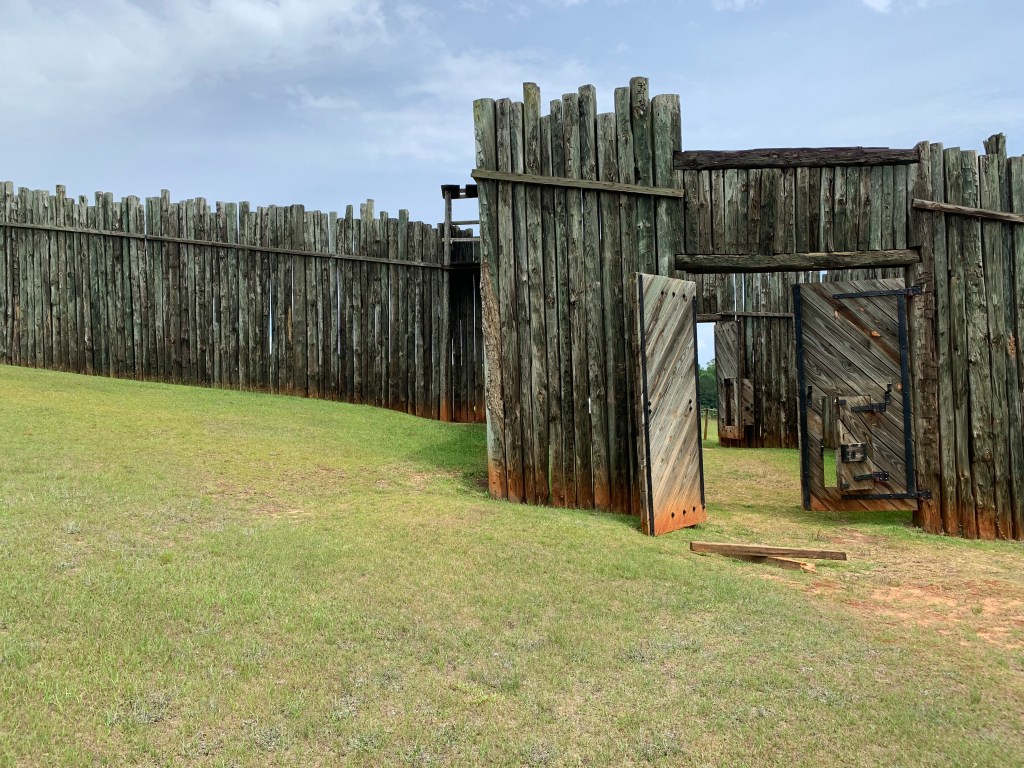
The Maryland home was donated by wealthy business partners who wanted to attract people to their lands along the Potomac, and it was built to meet Clara’s specifications. She was all business. The lamp is hung by bandage cloth, and the walls are all supply closets with blankets, food and emergency items. The design is similar to the early Red Cross disaster buildings first used at Johnstown. The top floor windows have Red Cross images so that travelers can see it from the road at night. And the staff had both offices and rooms to live and work. The home is currently empty in preparation for a major restoration, but there are large photos to see what each room looked like furnished.
A week after the Civil War broke out, a contingent of the 6th Massachusetts was attacked in Baltimore while on their way to defend the Capital. Clara Barton tended them in the Senate Chamber with her household materials, and she recognized many as her former students. She asked them to tell their parents to send relief supplies to her, so that she could support the Union’s war effort and care for the wounded. She followed the sounds of battle and pre-positioned wagons of supplies as close to the fighting as possible.
There’s a monument to her in the middle of the bloodiest site at Antietam, where she extracted a bullet from a soldier’s face. She became known as the ‘Angel of the Battlefield’. She followed the fighting for years from Manassas to Spotsylvania, she petitioned Lincoln to help prisoners of war, and she went to Andersonville to walk the thousands of graves identifying ‘missing’ soldiers. Sent to Europe to recuperate, she went to Switzerland to work on getting the US to sign the Geneva Convention and join the International Red Cross. Her tactic was to reframe the Red Cross as also providing disaster relief, and not solely as a war organization, and she prevailed on both. She started First Aid kits and training programs. Her missing soldiers department grew into an important bureau of the Defense Department.
Clara Barton was directly responsible for saving many thousands of lives, and her initiatives save millions. She devoted her life to making this country and the world better and safer. But she never had the right to vote.
